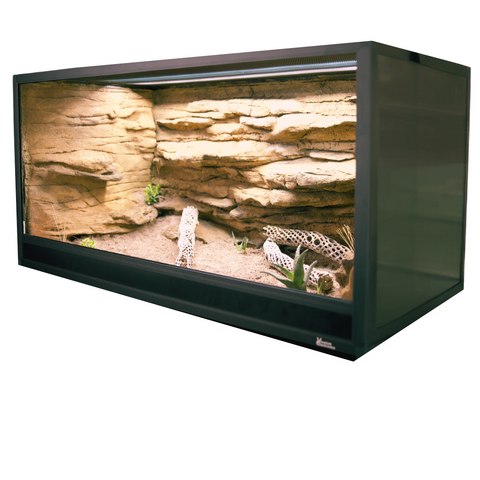The Bearded Dragon (Pogona vitticeps), native to the arid regions of central Australia, is renowned for its unique behavior and fascinating adaptations to its desert environment. One of its most distinctive traits is the beard-like display of spiny scales under its chin, which can puff up and darken when the dragon feels threatened or is trying to assert dominance. This display, often accompanied by body flattening and arm-waving gestures, is used both as a defensive mechanism and as a social signal to other dragons. Bearded Dragons are also highly adept at thermoregulation. They will bask in the sun to raise their body temperature, which is crucial for digestion and activity. In the wild, they can be seen perched on rocks or branches, soaking in the warmth, then retreating to cooler, shaded areas when they become too hot.
Bearded Dragons are omnivores, which means their diet consists of a variety of insects, fruits, and vegetables. In the wild, they primarily consume insects like crickets, beetles, and other small invertebrates, as well as plant matter such as leaves and flowers. In captivity, a balanced diet includes leafy greens, squash, and appropriate insect prey, ensuring they receive a mix of proteins and essential nutrients. These reptiles are also known for their calm temperament, making them popular pets for both beginners and experienced reptile keepers. They can recognize their owners and are known to develop distinct personalities, with some enjoying being handled and even seeking attention. Interestingly, Bearded Dragons can also exhibit a behavior known as brumation, a hibernation-like state, during colder months, where they significantly reduce their activity and metabolic rate. This adaptation allows them to survive harsh environmental conditions with limited food and water availability.








